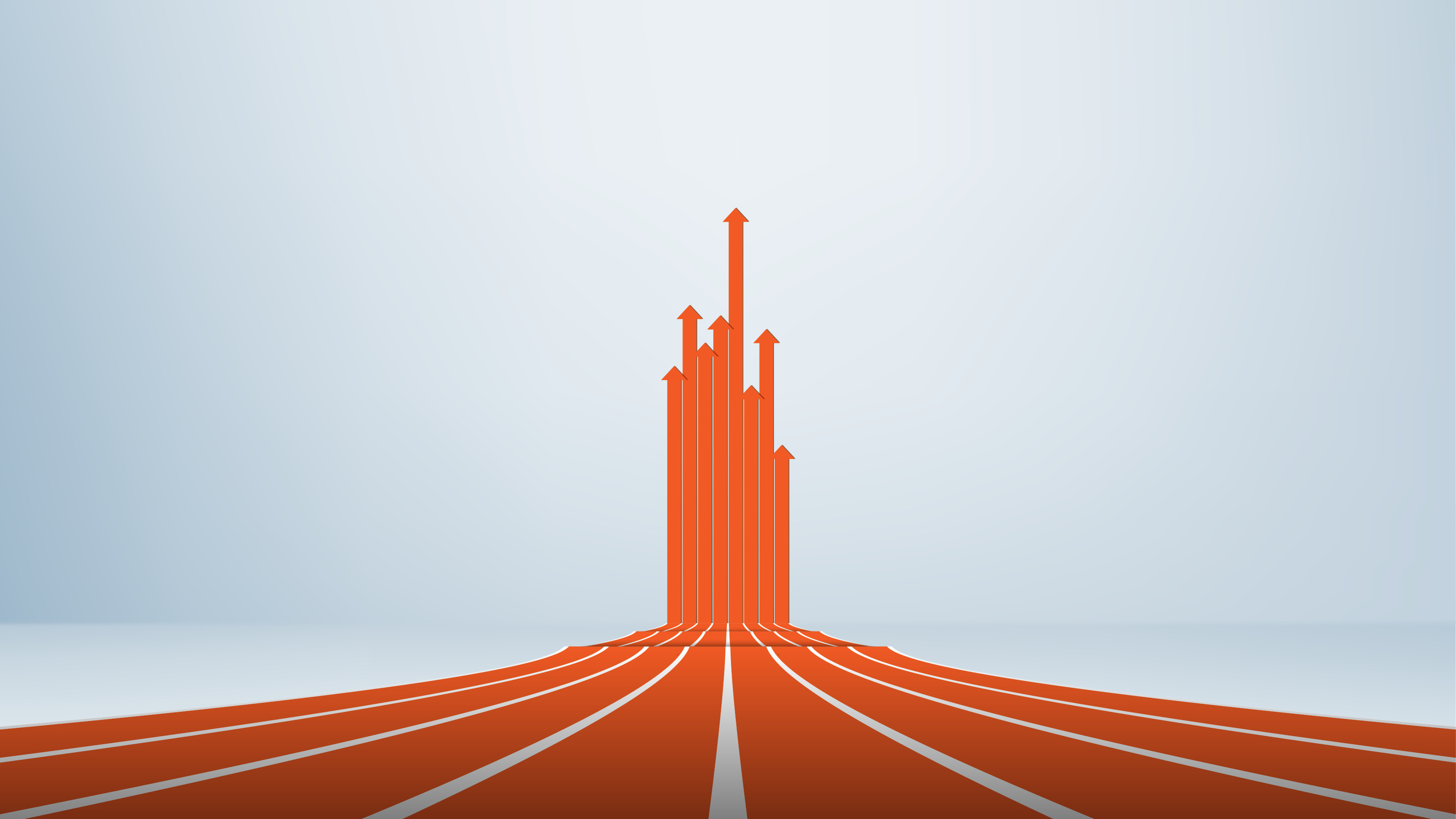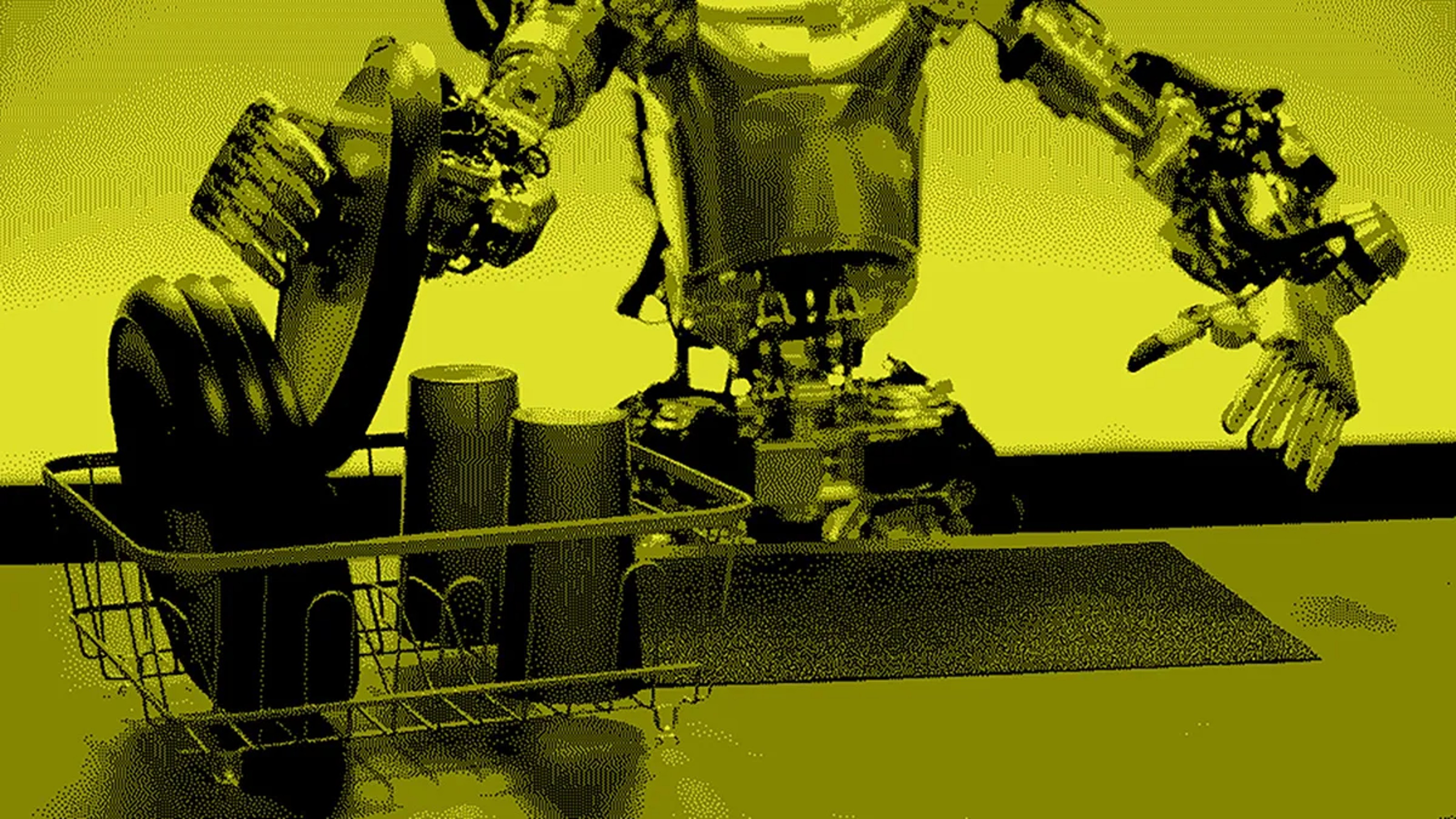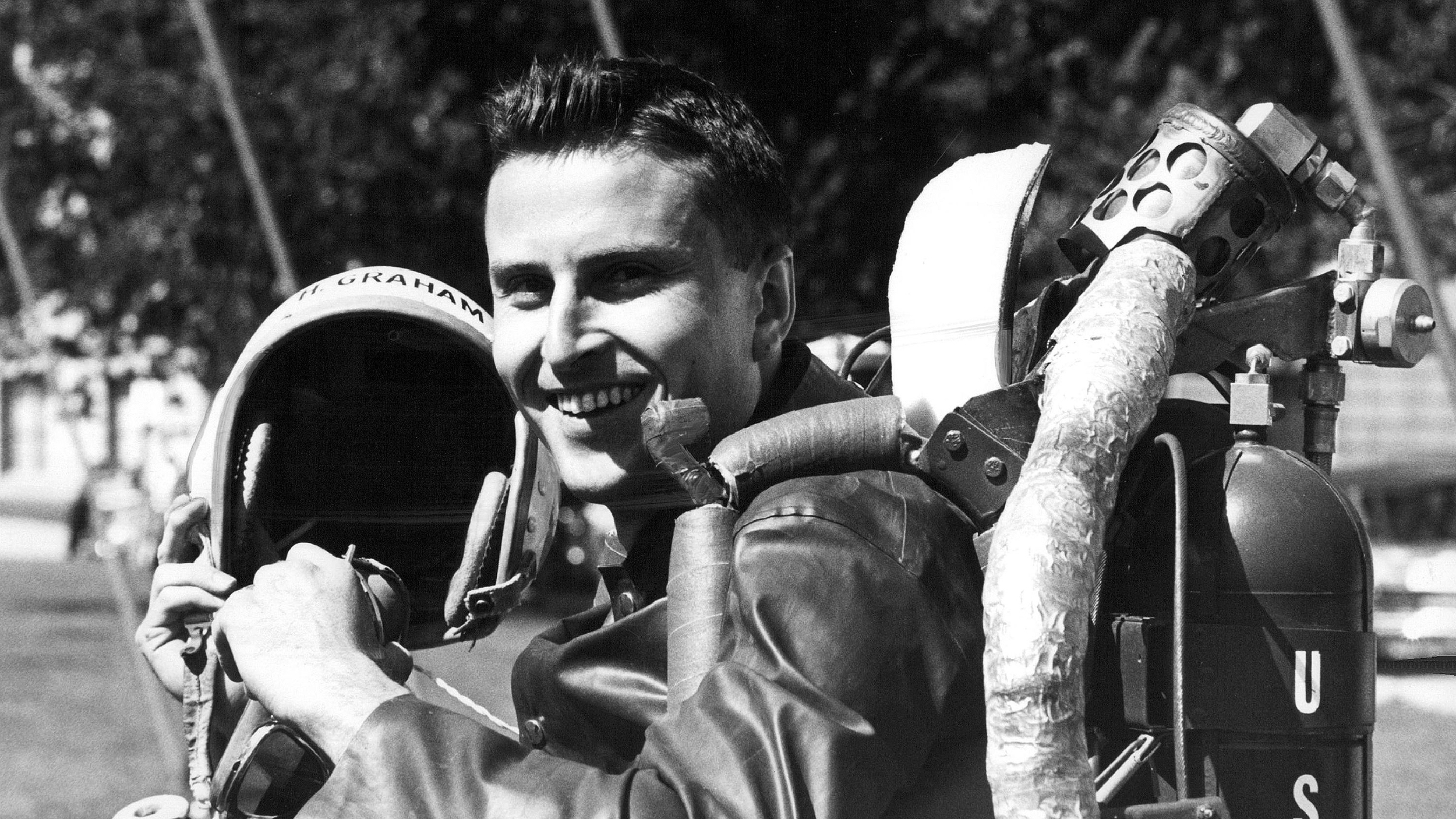Modern medicine is pretty fantastic, right? Wrong. Wow, you walked right into that honey trap. Pharmaceuticals are incredibly impressive and most of us wouldn’t be alive without them, but this industry is set to skyrocket in innovation over the next few decades, making our current practices seem as primitive as the 130-pound mobile phone that seemed really futuristic in ’90s.
Alec Ross is one of America’s leading experts on innovation (in fact he served for four years as Senior Advisor for Innovation to the Secretary of State Hillary Clinton, a role that earned him a Distinguished Honor Award from the State Department). The world’s last trillion dollar industry was created out of computer code. What’s the world’s next trillion dollar industry? Turns out it’s been inside us all along – genomes. Procedures like genome mapping that cost $2.7 billion dollars a mere 15 years ago are now available for just a few thousand dollars, and if that still sounds like a lot to you, don’t worry, it will get a lot cheaper still.
With genomic mapping as part of our everyday medical arsenal, doctors and technicians will be able to diagnose illnesses much earlier, which has everything to do with survival rates and quality of life, and will be able to develop precision medicines that are specific to your genetic make-up and to the genomic make-up of each disease. Ross says this is “kind of a big deal” as it will add years onto our life expectancies.
Currently on the cusp of exploding, this industry will be able to detect cancers that are usually only recognized at stages 4 and 5, in stage 1 where cure rates are far, far higher. The times are exiting and hopefully many of us will be able to experience them a little longer thanks to genomic innovation.
Alec Ross’ most recent book is The Industries of the Future.
Alec Ross: The world’s last trillion dollar industry was created out of computer code. The world’s next trillion dollar industry is going to be created out of a genetic code. Our bodies are made up of about 25,000 genes and the first human genome was mapped about 15 years ago. It was done so over a period of about a decade and at a cost of 2.7 billion dollars. Just five years ago Steve Jobs was one of ten people who had the privilege of paying $100,000 to get his genome mapped. Today the same thing that cost 2.7 billion dollars 15 years ago or $100,000 five years ago costs a couple thousand dollars. And that cost is going to continue to go down. What does this mean? It means two things. It means we are going to be able to diagnose illnesses far, far, far, far earlier. And it means we’re going to be able to develop precision medicines. First on precision medicines. Right now if you get an illness you go to your doctor and depending on what you have they’ll prescribe you one or two medicines. If you’re fat you’ll get a big dosage. If you’re skinny you’ll get a lower dosage. That’s the personalization. In the future as what I think will be as soon as four or five years when we get medicines they will be personalized to account for our personal genetic makeup as well as the specific genetic makeup of the illness that we have. And what I think this will do is it quite likely will add a couple years of expected life expectancy to all of us. It’s kind of a big deal.
The second thing – early diagnosis of illnesses. I play racquetball every now and then with this guy named Bert Vogelstein. And when I first met Bert Vogelstein I thought he was a gym rat. He’s sort of this scraggly old guy in his 60s, gray beard, wears a knee brace over his 1970 style gray sweatpants, carts his racquetball gear to the court in a dingy old Samsonite suitcase. It turns out Bert is the world’s most cited living scientist. He’s Dr. Bert Vogelstein from Johns Hopkins University. And some 30 years ago he and his team of researchers determined how mutations in proteins cause cancer. Kind of a big deal. So now Bert and his team of researchers at Johns Hopkins have developed something called a liquid biopsy. And what a liquid biopsy does is it takes a blood sample, you know, just like we get at our annual checkup now testing for things like cholesterol levels and whether you’ve got an STD. And in that blood sample they can detect cancerous cells at 1/100 the size of what can be detected by an MRI. What does that mean? It means that cancers that are routinely found in stages 3 and 4 and which are more likely than not fatal will be found early in stage 1 where cure rates are far, far higher. This is another life expectancy changer. This is another thing that is going to add years to many people’s lives.






